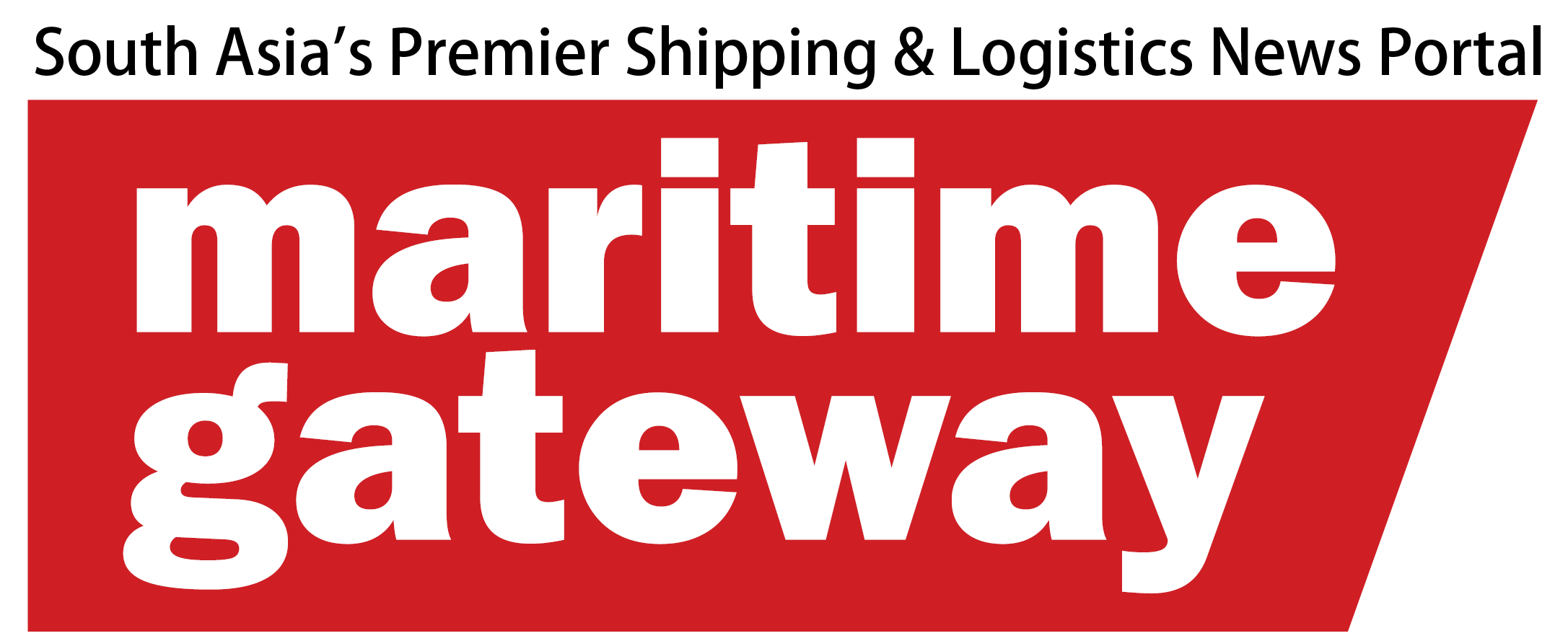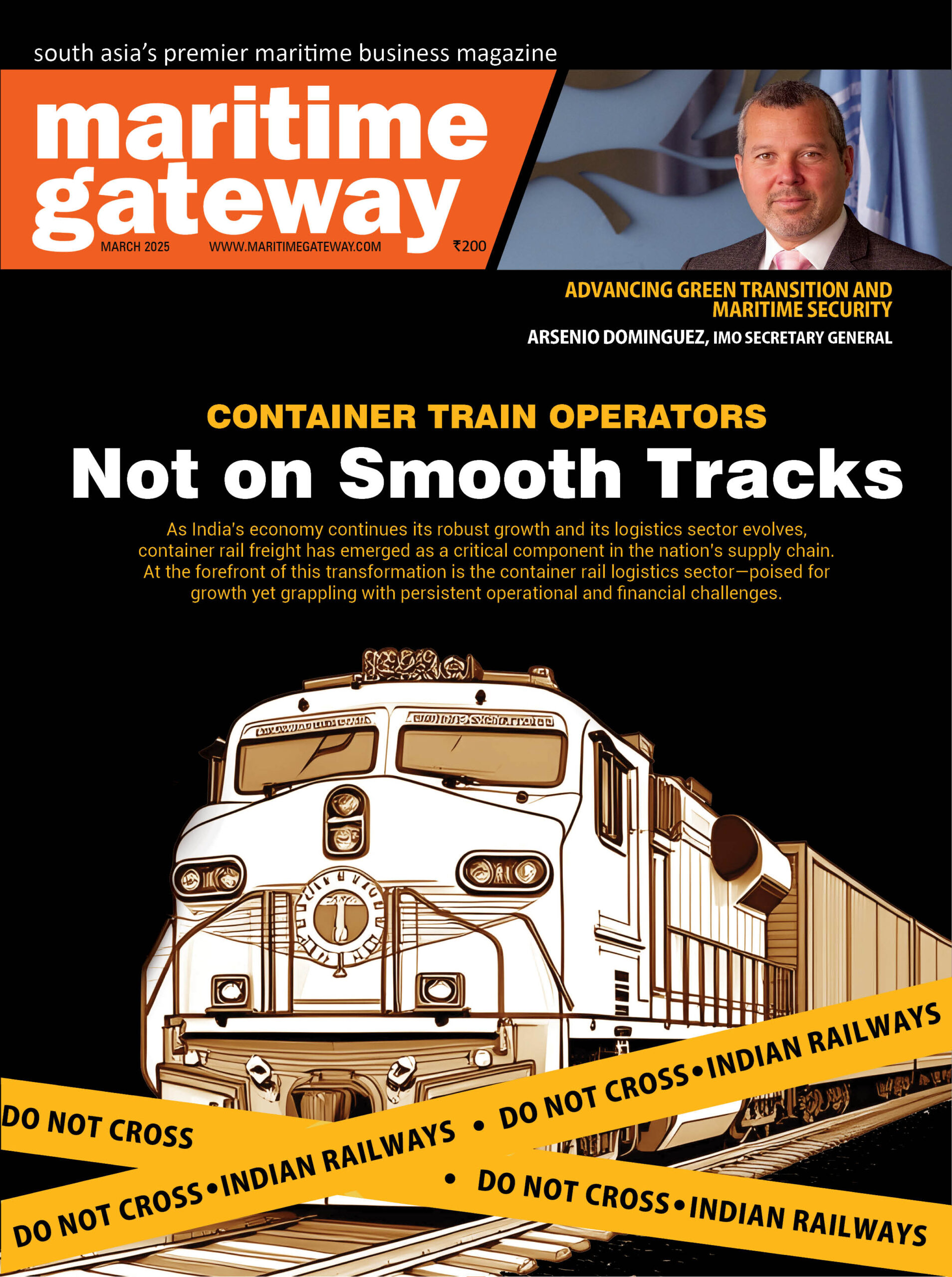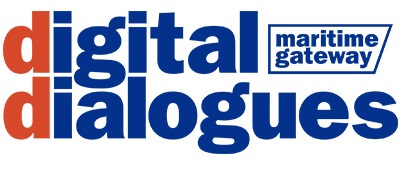How is adoption in India?
The adoption of our SCMTR compliance platform in India has been very encouraging. We’ve partnered with leading stakeholders in the EXIM ecosystem, 100+ Shipping Lines and NVOCCs, to ensure a seamless and secure transition to the new regulatory requirements.
With automation at its core, the platform has significantly reduced manual intervention, errors, and processing time, making compliance straightforward for shipping lines, forwarders, and other participants. This approach has driven a high adoption rate, positioning ODeX as a trusted partner in the Indian logistics landscape.
Case study
HMM has become the first ODeX-registered shipping line to successfully file a Sea Arrival Manifest (SAM) for breakbulk shipments, along with laden and empty containers, at Kattupalli port, achieving a significant milestone in SCMTR compliance.
While the SAM file was generated via the ODeX platform, Breakbulk and Empty container structures were manually updated by ODeX experts to align with ICEGATE guidelines, ensuring successful customs acknowledgment.
This milestone highlights ODeX’s technical expertise and collaborative support for shipping lines. Building on this success, ODeX is now working to automate these manual processes, further streamlining SAM filings and ensuring regulatory compliance.
Over the last two years, you have expanded to several countries. Can you share the growth story?
ODeX’s growth story is a testament to the global demand for efficient, collaborative trade solutions. In the past two years, we have expanded into markets across Asia, Africa, and North America. This journey has been fueled by our commitment to addressing region-specific challenges, from secure payment solutions to digitalizing compliance workflows.
Strategic partnerships with local stakeholders, a customer-first approach, and continuous innovation have been the cornerstones of our success. Today, ODeX serves over 50,000 organizations globally, simplifying trade and strengthening our position as a leading EXIM platform over 16+ countries. We’re aiming for 25+ countries in the near future. Stay tuned!
What are the learnings from this journey, and what are your plans for the future?
One of the key learnings from our journey has been the importance of adaptability and customer-centric innovation. Each market has unique challenges, and tailoring our solutions to meet those needs has been critical.
Another learning is the value of collaboration—strong relationships with partners and clients have propelled our growth. For the future, we aim to expand further into untapped markets, enhance our platform with AI-driven capabilities, and continue simplifying global trade through trusted digital solutions.
In the digitalization landscape, what trends do you see in 2025?
By 2025, we foresee three major trends in the digitalization of logistics:
1. Increased AI and ML Adoption: AI-driven analytics and predictive tools will become integral in optimizing supply chain efficiencies.
2. Focus on Sustainability: Digital solutions that enable eco-friendly logistics practices will gain traction.
3. Blockchain for Security: Blockchain technology will play a pivotal role in ensuring secure, transparent cross-border transactions.







